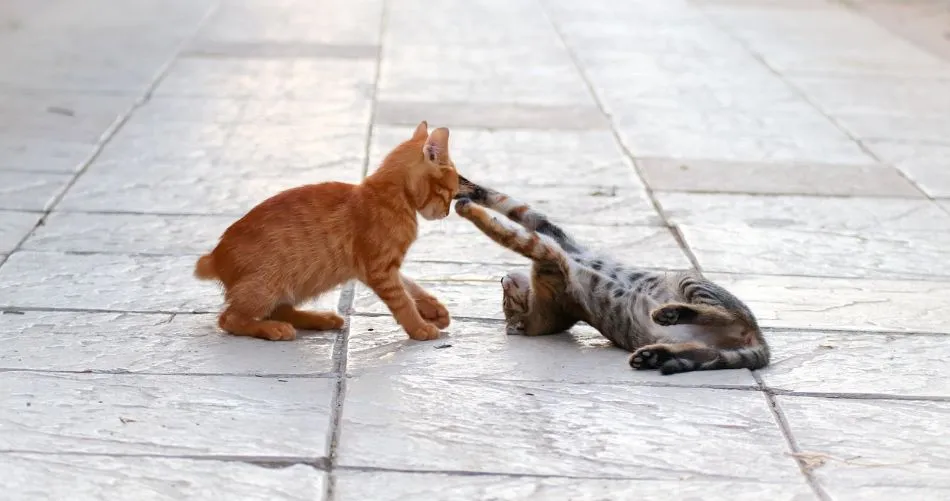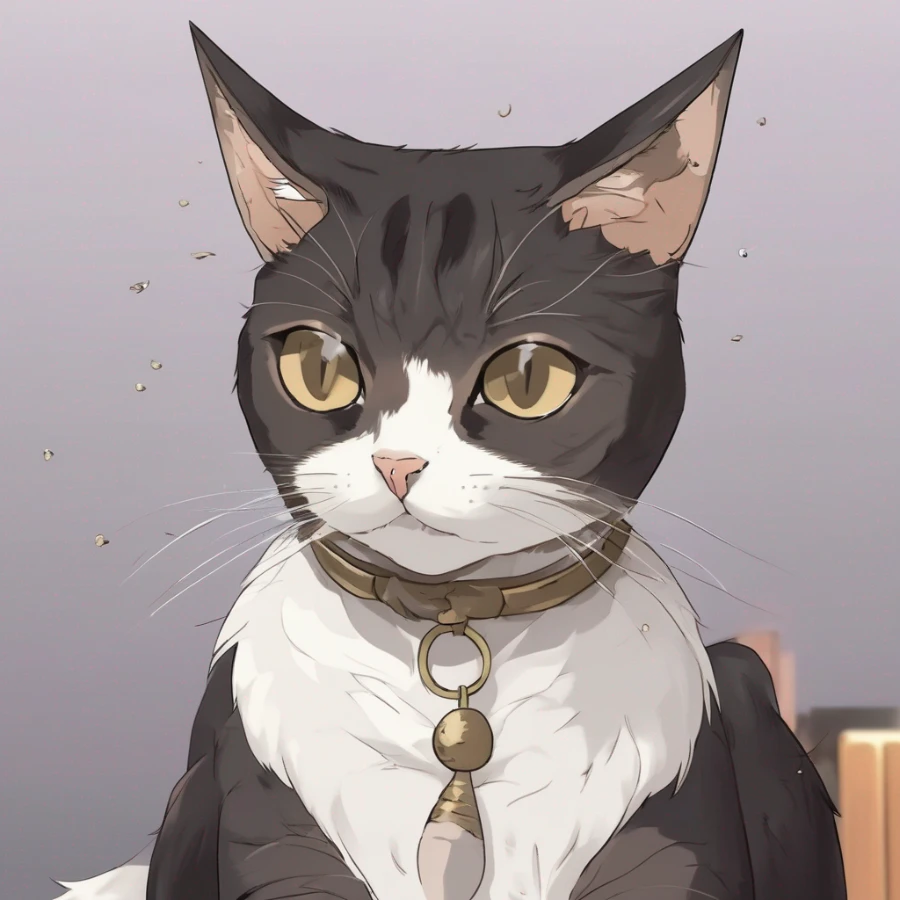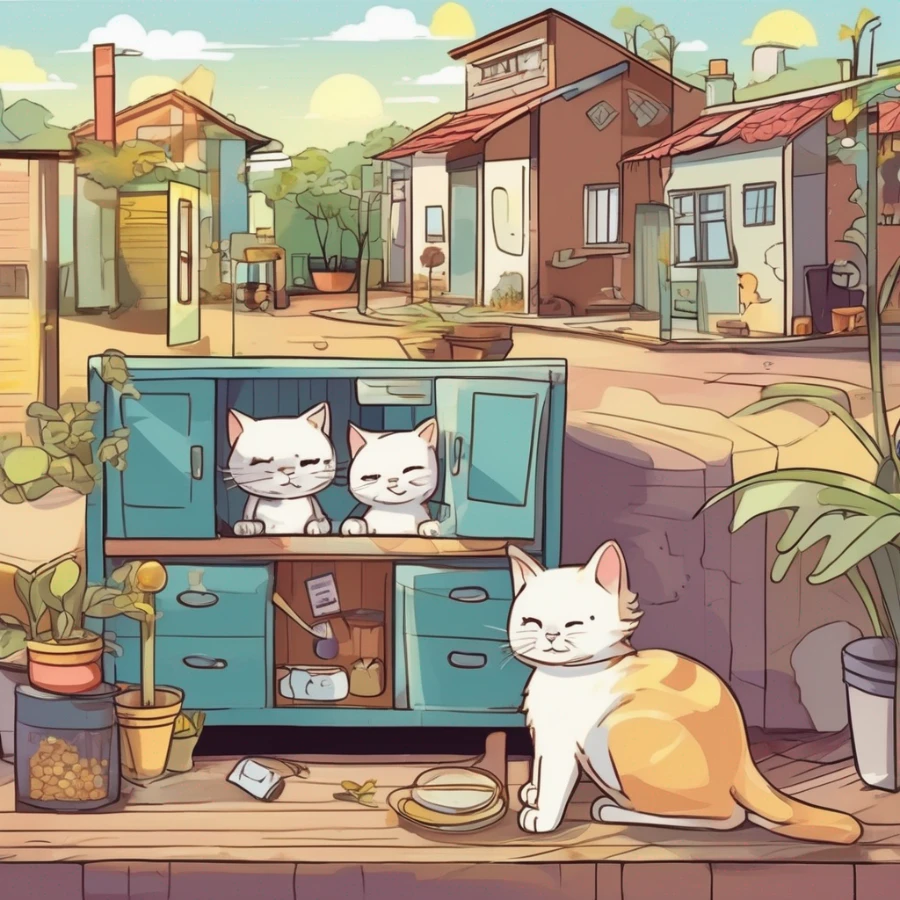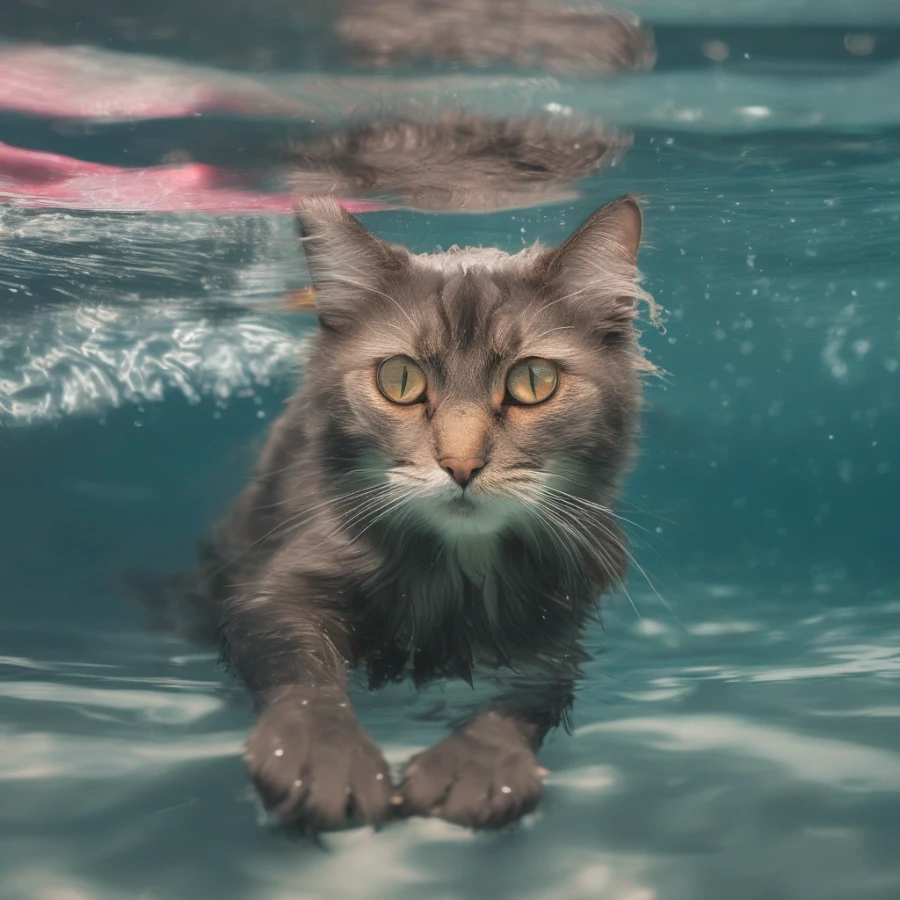Why do cats slap each other?

Published by: Tatsiana Korshik
Time to Read: 5 Min

Why do cats slap each other?
Cats may slap each other for various reasons, and it is a common behavior in feline interactions. Here are some reasons why cats may slap each other:Playful Behavior: Cats often engage in play fights with each other, and slapping can be a part of their play behavior. It is a way for them to establish boundaries, practice hunting skills, and engage in social interaction. Playful slapping is usually gentle and accompanied by other playful behaviors like chasing, pouncing, and rolling around.
Territory and Dominance: Cats are territorial animals, and slapping can be a way for them to assert dominance or defend their territory. It is a form of communication that communicates boundaries and establishes hierarchy within a group of cats.
Fear or Aggression: In some cases, cats may slap each other out of fear, aggression, or perceived threat. This can happen during territorial disputes, conflicts over resources, or when one cat feels threatened or cornered. Slapping in these situations may be accompanied by hissing, growling, or other aggressive body language.
Social Communication: Cats use body language to communicate with each other, and slapping can be a form of communication. It can convey a message of annoyance, a warning to back off, or a request for space. Slapping can occur when one cat feels their personal boundaries are being invaded or when they want to establish distance.
Redirected Aggression: Sometimes, cats may redirect their aggression towards another cat if they are unable to access the source of their frustration. For example, if a cat sees an outdoor cat outside the window and becomes agitated, they may take out their frustration by slapping another cat nearby.
It's important to monitor cat-to-cat interactions and intervene if the slapping becomes overly aggressive or if one cat seems stressed or fearful. Providing separate resources, such as food bowls and litter boxes, can help reduce competition and potential conflicts between cats. If you're concerned about your cats' behavior or if aggression issues persist, it is advisable to consult with a veterinarian or a professional animal behaviorist for guidance and support.
How to Stop Cats From Slapping Each Other
If you have cats that are slapping each other and you want to discourage this behavior, here are some strategies to help reduce or prevent slapping between your cats:Provide Sufficient Resources: Ensure that you have an adequate number of essential resources such as food bowls, water bowls, litter boxes, and resting areas. Cats may become territorial or competitive if resources are limited, which can lead to slapping. Having multiple resources available can help reduce the likelihood of conflicts.
Separate Feeding Areas: If your cats show aggression or tension around mealtime, consider feeding them in separate areas or at different times. This can prevent food-related conflicts and minimize the potential for slapping during feeding.
Introduce Slow and Properly: When introducing new cats or kittens to each other, take it slowly and follow a proper introduction process. This helps them become familiar with each other's scents and gradually adjust to sharing space. Use positive reinforcement, such as treats and praise, to reward calm and positive interactions.
Play and Interactive Toys: Engage your cats in interactive play sessions with toys that allow them to chase, pounce, and redirect their energy. Regular play sessions can help release pent-up energy and provide an outlet for their natural hunting instincts, reducing the likelihood of slapping out of frustration or excess energy.
Provide Vertical Space: Cats feel more secure when they have access to elevated areas. Install cat trees, shelves, or perches where your cats can climb, jump, and observe their surroundings. Vertical space provides them with escape routes and reduces the need for physical confrontation.
Identify Triggers and Manage Environment: Observe your cats closely to identify any triggers or specific situations that lead to slapping. For example, if one cat becomes anxious or defensive when a certain noise or activity occurs, try to minimize or manage those triggers to create a more harmonious environment.
Seek Professional Advice: If the slapping behavior persists or escalates despite your efforts, it may be beneficial to consult with a veterinarian or a professional animal behaviorist. They can assess the dynamics between your cats, provide tailored advice, and help develop a behavior modification plan if needed.
Remember, changing cat behavior takes time and patience. Consistency, positive reinforcement, and creating a stress-free environment are key to promoting peaceful interactions between your cats and minimizing slapping behaviors.
Why Do Cats Slap Objects?
Cats may slap objects for several reasons, and it is a behavior that can be observed in various contexts. Here are some common reasons why cats may slap objects:Play and Hunting Instincts: Cats have a strong predatory instinct, and slapping objects can be a way for them to simulate hunting behavior. They may swipe or slap at toys, moving objects, or dangling strings as part of their play routine.
Exploration and Investigation: Cats are curious animals, and they may slap objects to explore and investigate their environment. It is a way for them to interact with and gather information about new or unfamiliar objects in their surroundings.
Communication and Attention-Seeking: Cats may slap objects to communicate their needs or to get attention from their owners. They may swipe at objects to indicate they want to play, want food or treats, or simply to seek interaction with their human companions.
Frustration or Boredom: Cats may slap objects out of frustration or boredom. If they are not receiving sufficient mental or physical stimulation, they may resort to slapping objects as a way to release pent-up energy or express their dissatisfaction.
Marking Territory: Cats have scent glands in their paws, and slapping objects can be a way for them to leave their scent and mark their territory. It is a form of communication to other cats or animals that the object or area has been claimed.
Stress or Anxiety: In some cases, cats may slap objects as a response to stress or anxiety. If they are feeling threatened or overwhelmed, slapping objects may be a coping mechanism or a way to release tension.
It's important to observe your cat's behavior and the context in which they are slapping objects. If the behavior seems excessive, repetitive, or is accompanied by signs of distress, it may be worth consulting with a veterinarian or a professional animal behaviorist to assess any underlying issues and provide appropriate guidance.
Is Slapping Normal?
Cats slapping objects or engaging in gentle play slapping with other cats is generally considered normal behavior. It is a part of their natural instincts and can serve various purposes, such as play, exploration, communication, or marking territory. It is a way for cats to interact with their environment and express themselves.However, it's important to distinguish between normal, playful slapping and aggressive or excessive slapping. Aggressive slapping, which is accompanied by hissing, growling, or other signs of aggression, may indicate underlying issues such as fear, territorial disputes, or stress. Excessive slapping that causes harm or distress to other animals or individuals should be addressed and managed appropriately.
If you are unsure about your cat's behavior or have concerns about their slapping habits, it is recommended to consult with a veterinarian or a professional animal behaviorist. They can assess your cat's behavior in context and provide guidance on whether the behavior is within normal limits or if there are underlying issues that need attention.



